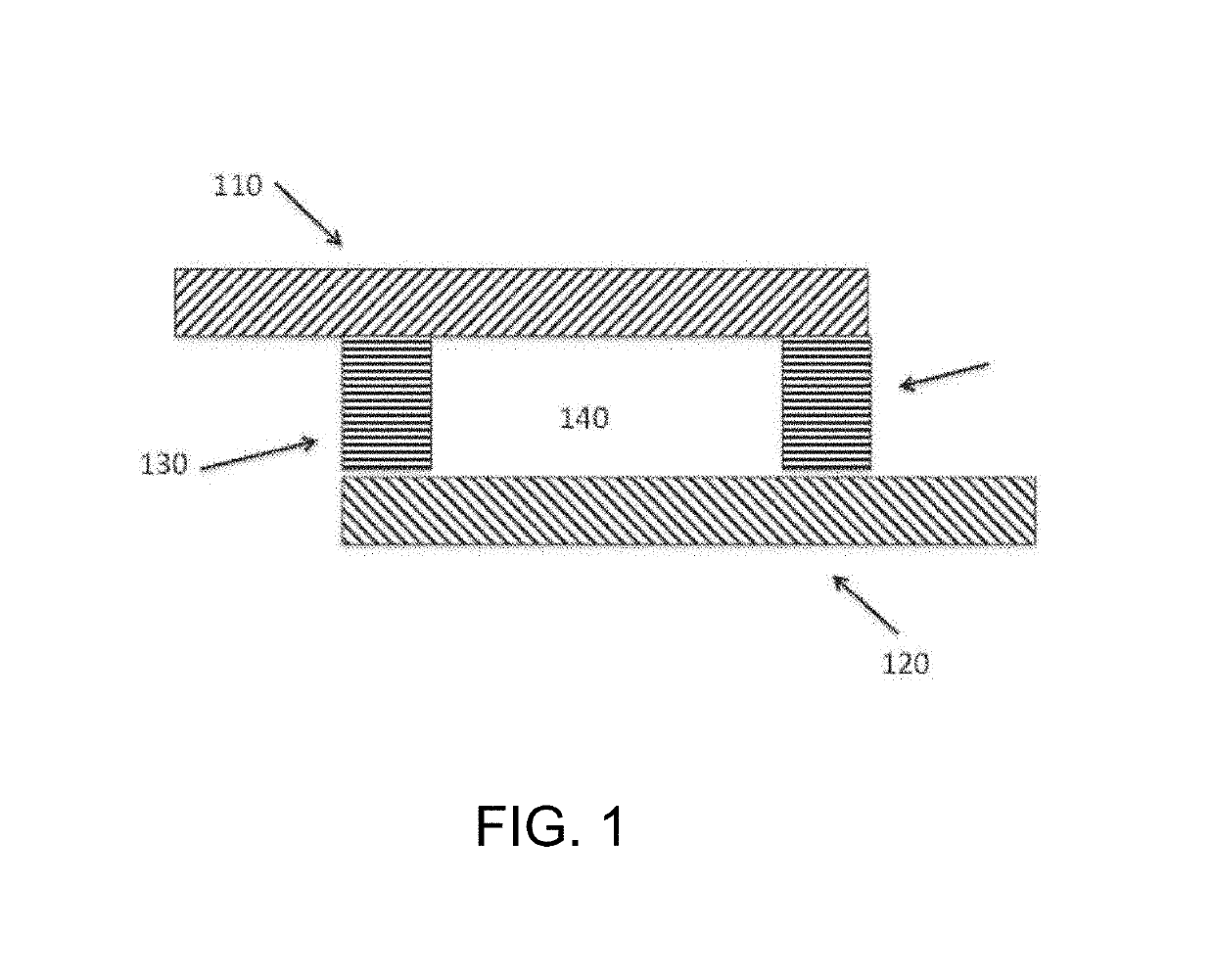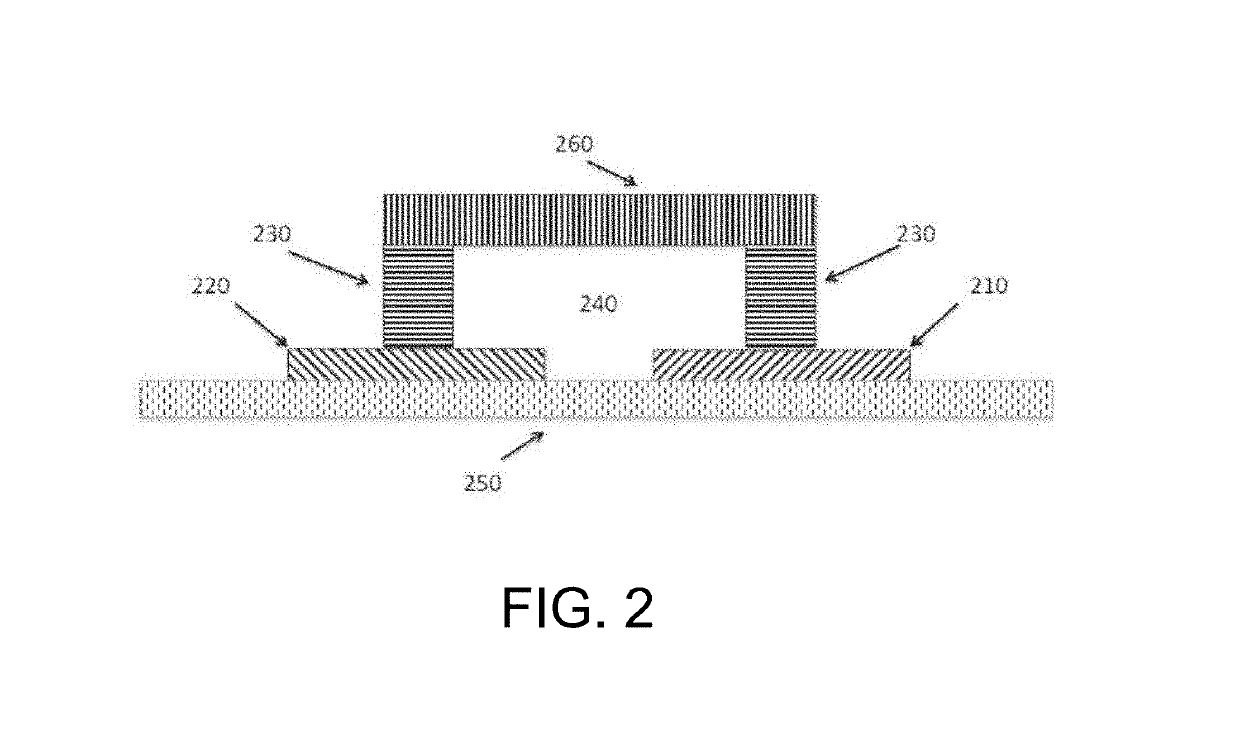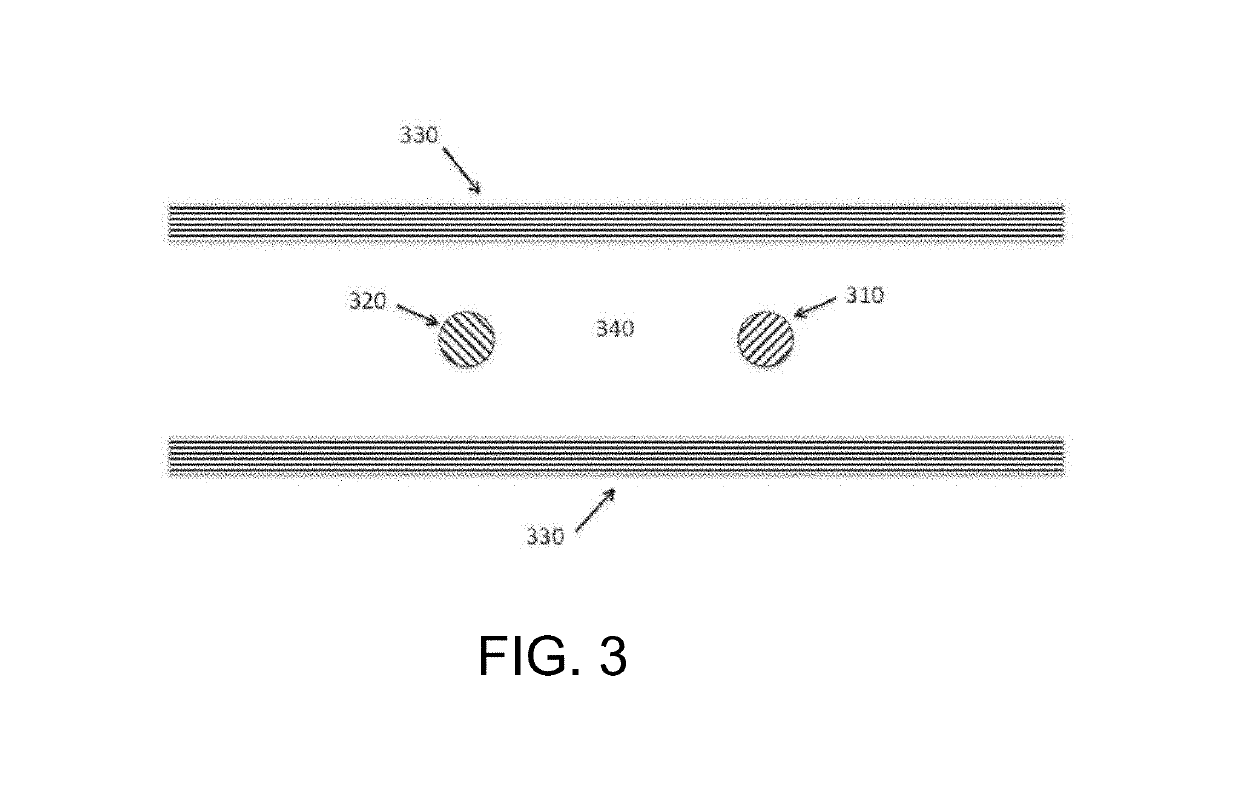Diagnostic and sample preparation devices and methods
a technology of diagnostic and sample preparation, applied in the field of nucleic acid preparation and analysis, can solve the problems of increasing the complexity of the integrated device and the supporting instrumentation, affecting the accuracy of the analysis, so as to reduce the time required for analysis, simplify the analysis, and reduce the time. the effect of time-consuming
- Summary
- Abstract
- Description
- Claims
- Application Information
AI Technical Summary
Benefits of technology
Problems solved by technology
Method used
Image
Examples
Embodiment Construction
[0030]The inventors have discovered that a modulated potential difference applied to an electrode pair, or applied independently to a series of pairs, may be used to both release nucleic acids, and especially RNA, from a biological sample into solution and also fragment the released nucleic acids in a controlled manner. Release of nucleic acids from biological compartments such as cells, viruses, spores, and so on into free solution is necessary prior to characterization by most current detection methods, particularly those that rely on hybridization to identify specific base sequences. Many of these direct analytical methods also benefit from fragmentation of the native nucleic acid, and especially RNA, as this increases the rate of diffusion and speeds the kinetics of sequence specific hybridization. The inventive subject matter advantageously supports both of these functions in a single preparation area and single processing step, minimizing material losses and greatly simplifyin...
PUM
| Property | Measurement | Unit |
|---|---|---|
| voltage | aaaaa | aaaaa |
| voltage | aaaaa | aaaaa |
| time | aaaaa | aaaaa |
Abstract
Description
Claims
Application Information
 Login to View More
Login to View More - R&D
- Intellectual Property
- Life Sciences
- Materials
- Tech Scout
- Unparalleled Data Quality
- Higher Quality Content
- 60% Fewer Hallucinations
Browse by: Latest US Patents, China's latest patents, Technical Efficacy Thesaurus, Application Domain, Technology Topic, Popular Technical Reports.
© 2025 PatSnap. All rights reserved.Legal|Privacy policy|Modern Slavery Act Transparency Statement|Sitemap|About US| Contact US: help@patsnap.com



